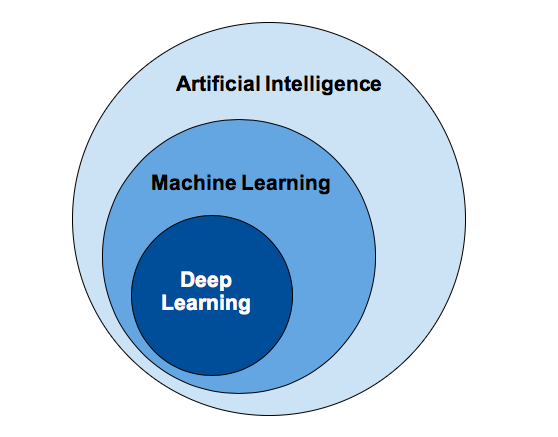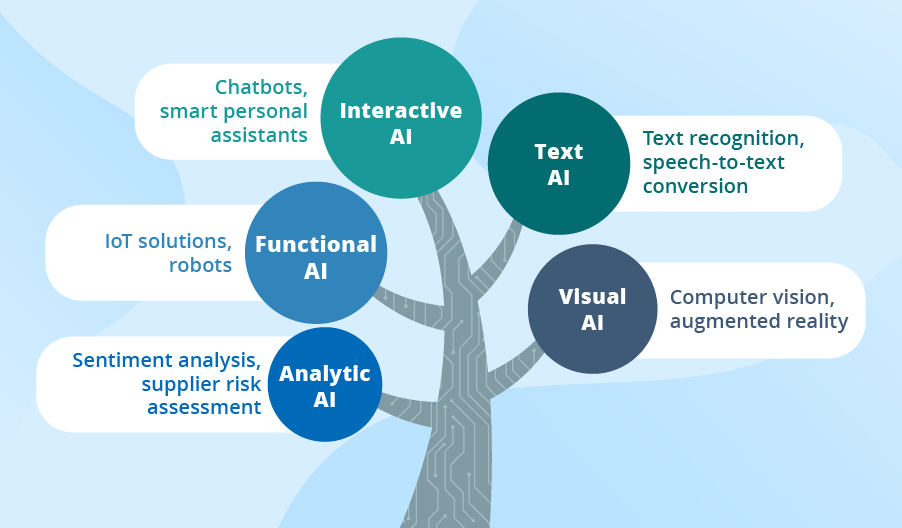Part 1
Welcome to the Introduction of Machine Learning. I hope you have gone through the previous posts on Artificial Intelligence. If no, kindly go through those posts before starting from here. In this post we are going to discuss about the importance, working, types and Applications of Machine Learning with respect to their types in detail.

Machine Learning (ML) is an application of Artificial Intelligence which provides systems or computers the ability to understand, learn and improve from its experience rather than programming explicitly.
At a very high level, machine learning is the process of teaching a computer system how to make accurate predictions when any data is fed to it. The systems can learn from the data, identify patterns and make decisions with minimum human intervention.
Example – A simple example of ML would be a Spam Classifier system which distinguishes between Spam and Not Spam mails in the E-mail inbox. For that first we need a dataset which contains some examples of the mails which are spam and not spam. Then based on that data, we have to train the model. After the model is trained, then we have to test the model. After it is done and once we got high accuracy the model can be deployed.
The above given Spam classifier is an example of Supervised Machine Learning. That is just a example of how it works. We will go through the types of ML, various techniques and algorithms used in Machine Learning in detail.
Process of ML?

The above given picture explains the process flow of Machine Learning. First the data is collected. Then data is analysed keenly and carefully. It is mainly done using EDA. Through EDA we can find the pattern in data. Then the model is used for Prediction or Classification or Clustering or Association purposes. Then the model continuously learns from the feedback and experience and changes itself.
EDA – Exploratory Data Analysis is the process of analyzing datasets using Visualizations (Charts and Graphs) to identify the main characteristics and pattern of the data.
How ML works?
Now let us see how a Machine Learning works. As I mentioned in the above example of spam classifier, first the data is collected. The Model or Algorithm is trained with the help of training data. Then the Algorithm is tested with the help of testing data. Now the ML algorithm is ready to predict.

Here new input data is given to the ML Algorithm which we deployed. Then based on the data provided the model or algorithm performs Prediction or Classification on the data. If the Prediction is good and is the accuracy is high, then that model is considered as a Successful model. But if the accuracy of the prediction is poor, it is not considered as a good model. In that case, the model is trained further with the data to enhance the accuracy of the model. This process is continued until we get a Successful model.

Types of Machine Learning
Machine Learning is broadly classified into four types. They are listed below
- Supervised Learning
- Unsupervised Learning
- Semi – Supervised Learning
- Reinforcement Learning

Applications of ML

There are so many applications, algorithms, methods and concepts in each of these types of ML. We are going to see and learn in detail about all the types of Machine Learning in the further posts.
Thanks for reading. Do read the further posts. Please feel free to connect with me if you have any doubts. Do follow, support, like and subscribe this blog.
Fact of the day:
The founders of Google were willing to sell Google for $1 million to Excite in 1999, but Excite turned them down. Google is now worth $632 Billion.


















